In one of Nepal’s oldest quarters, the largest of three Newar kingdoms in Kathmandu valley, Bhaktapur’s beauty has drawn hundreds of thousands of tourists each year. Today, however, the ancient, brick-walled city lies in ruins. Amid collapsed roofs, crumbled and bent aluminum awnings, and snapped wooden beams, residents of this ancient town roam the streets, some still looking for family members trapped under the rubble, as relief workers and aid teams slowly file into town.
On Wednesday, the U.S. relief effort is led by Mike Davis. The 44-year-old is a team leader for the United States Agency for International Development (USAID) Disaster and Relief Team, known simply as DART. With a crew of 130 in tow, USAID DART arrived by C-17 military plane in Kathmandu just after noon on Tuesday. The U.S. has pledged $10 million in aid for Nepal through USAID, with some 45 tons of supplies already dispatched. Stowed in yellow plastic containers with stickers marked FEMA, those supplies range from portable shower kits to Nestle tea.
The DART team is equipped for assessment, urban and rural search and rescue, and forms part of a complex information-sharing network run by the United Nations On-Site Operations Coordination Centre, or OSOCC, to ensure coverage across the disaster zone. The Fairfax Country, Va.-based team is one of only two domestic response teams certified for international relief efforts. Together with Los Angeles County Fire Department, also here in Nepal, the DART teams have formed an important part of a growing tent city expanding across the lawn—usually a baseball diamond—at the American Club, a Kathmandu property owned by the U.S. Embassy.
Davis’ task on Wednesday, along with two canine units, and a team of 18 responders loaded into two Nepalese army trucks, was to assess damage in Bhaktapur, where an estimated 200-300 residents have been killed since last Saturday’s quake.
“When anyone sneezes, something falls down in Bhaktapur,” said Bill Berger, the USAID DART leader in charge of coordinating the U.S. government response to the Nepal earthquake. Berger, who has spent a total of 18 years in Nepal, says the city is particularly vulnerable to seismic activity due to its precarious geographic location.
The relief effort is still classified as “search and rescue”, a race against the clock to salvage lives dwindling under the rubble. With less than 24 hours on the ground, however, the efforts are focused on assessment, not rescue, which can make for a strangely unsettling tension between moving fast and moving forward.
See India's Rescue Operations in Quake-Devastated Nepal
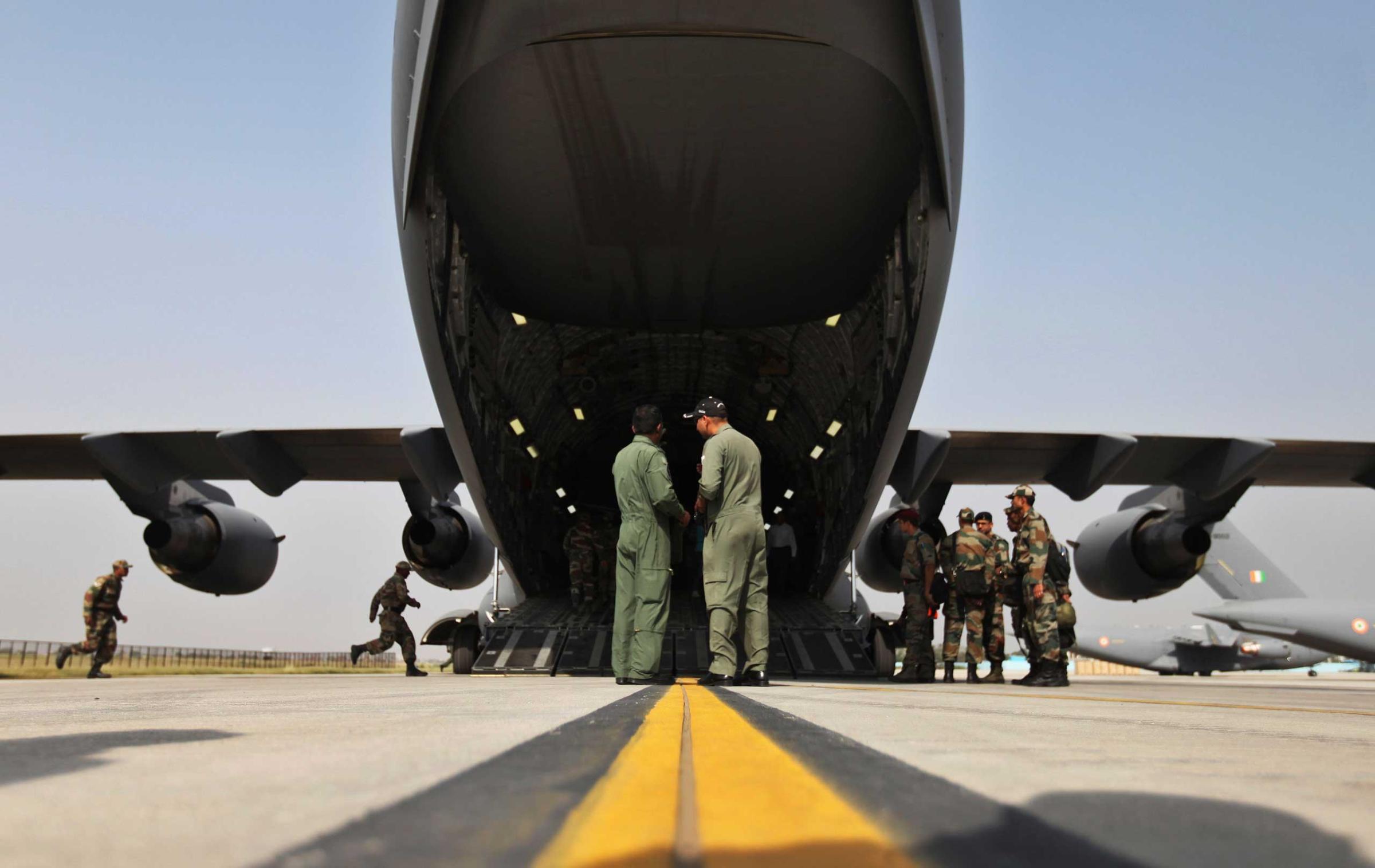



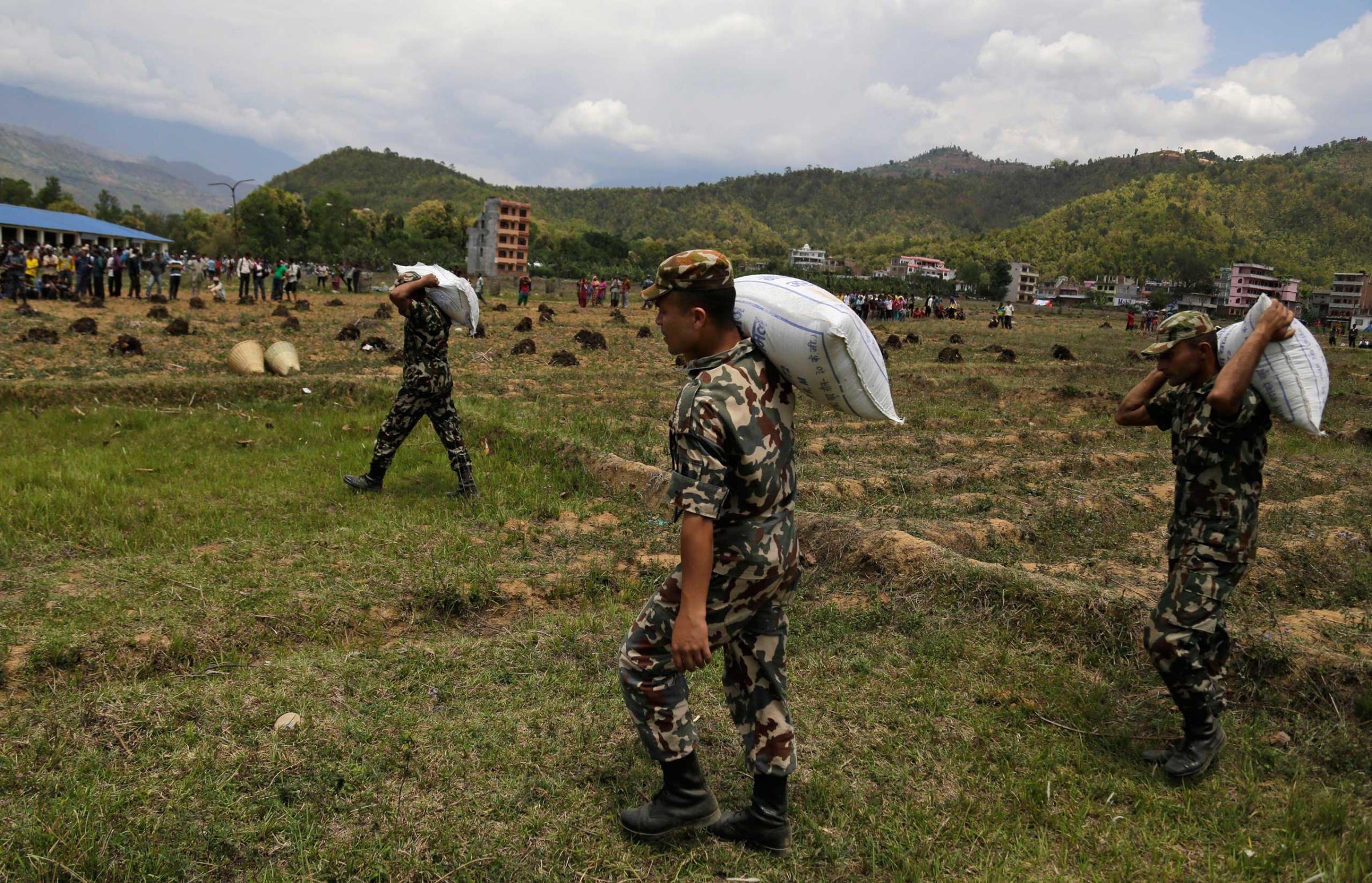
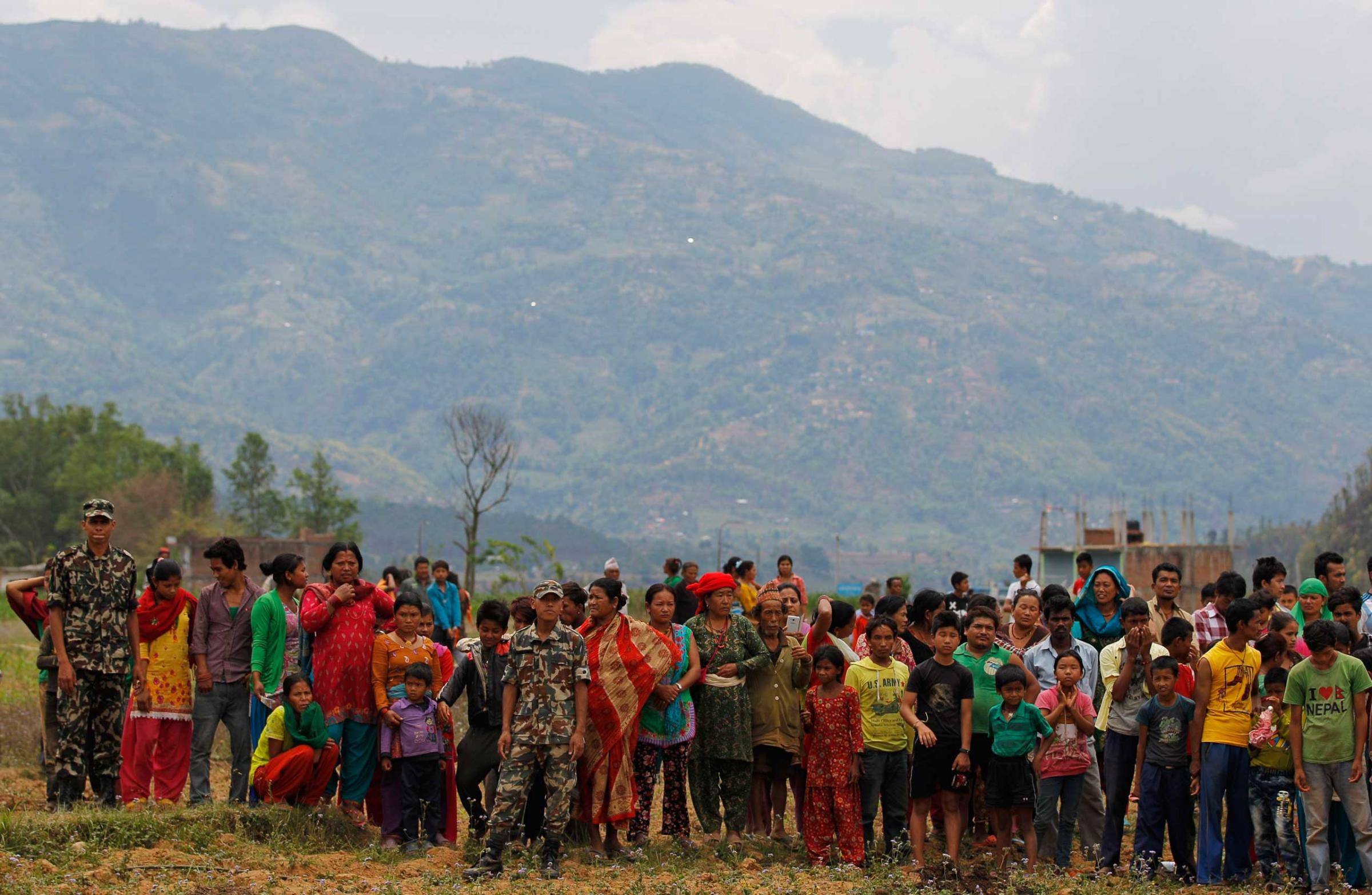

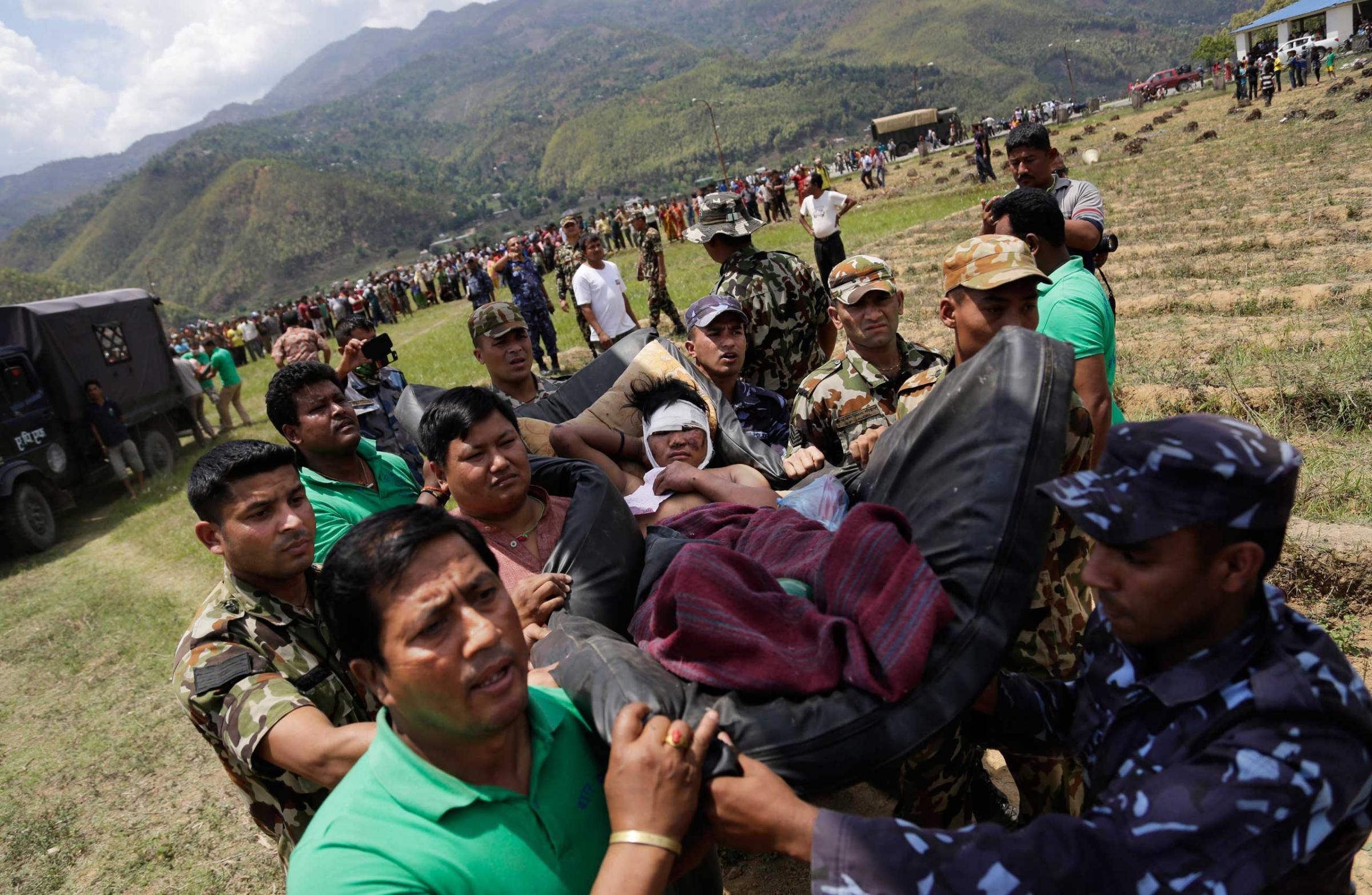
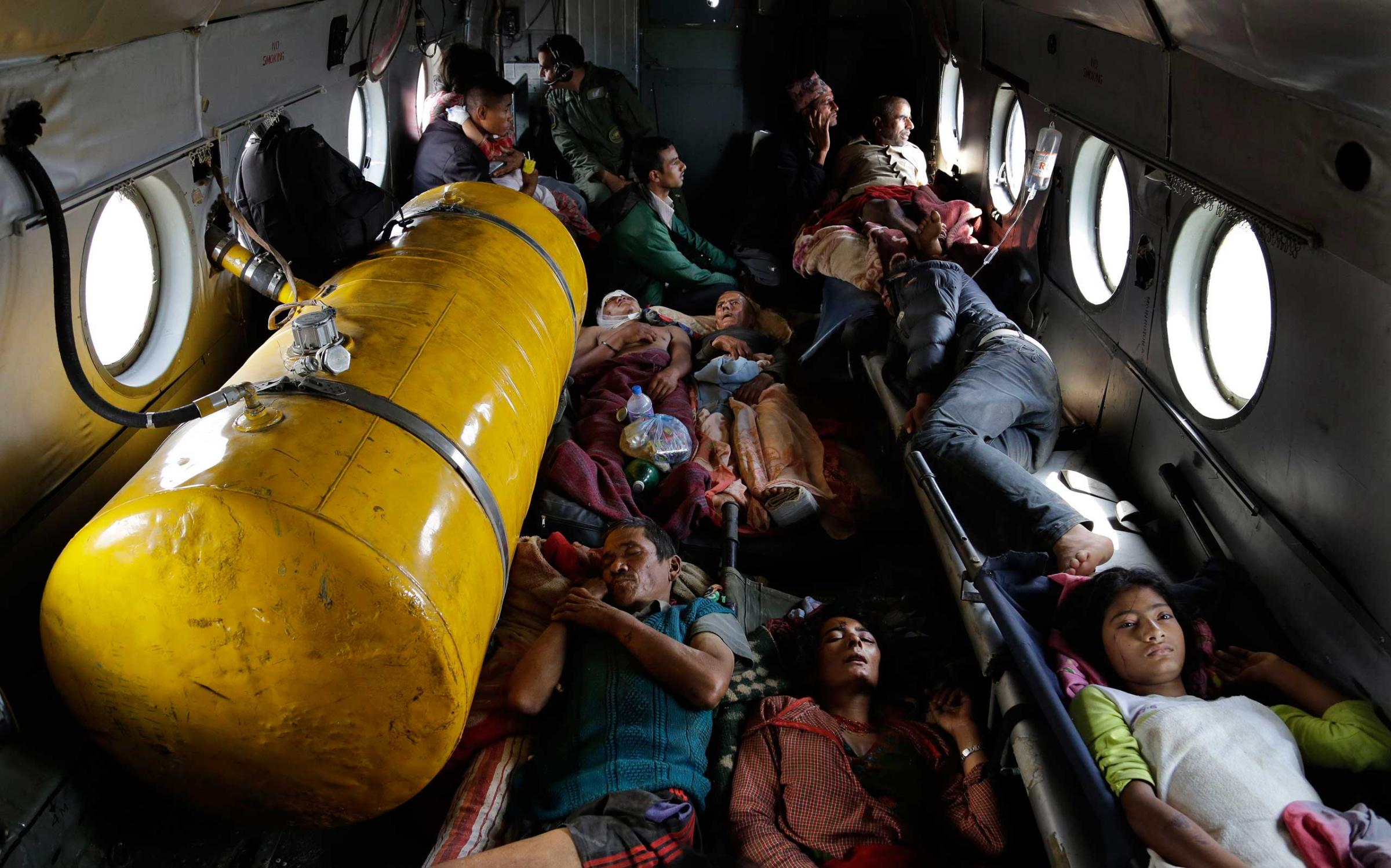

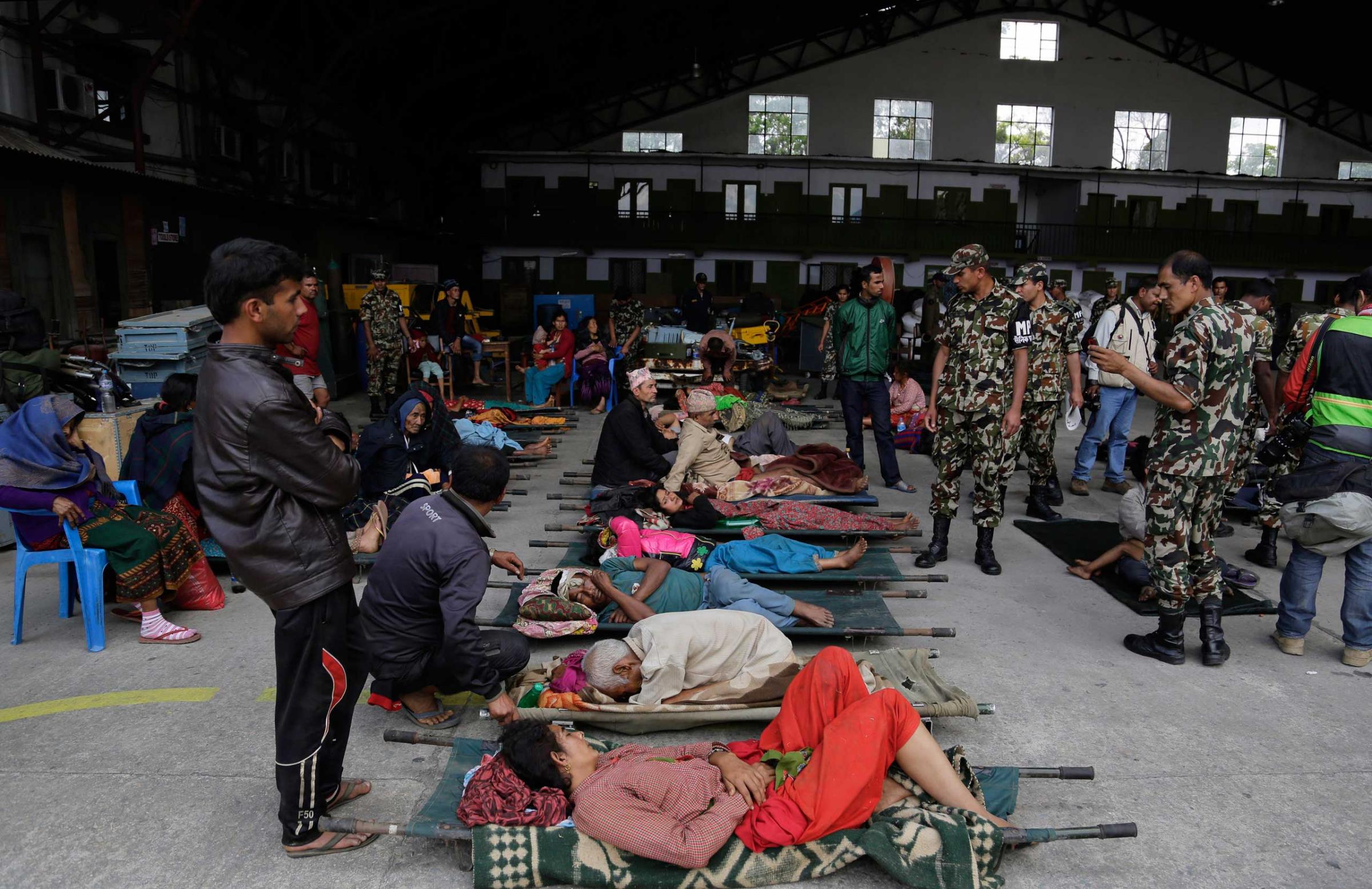
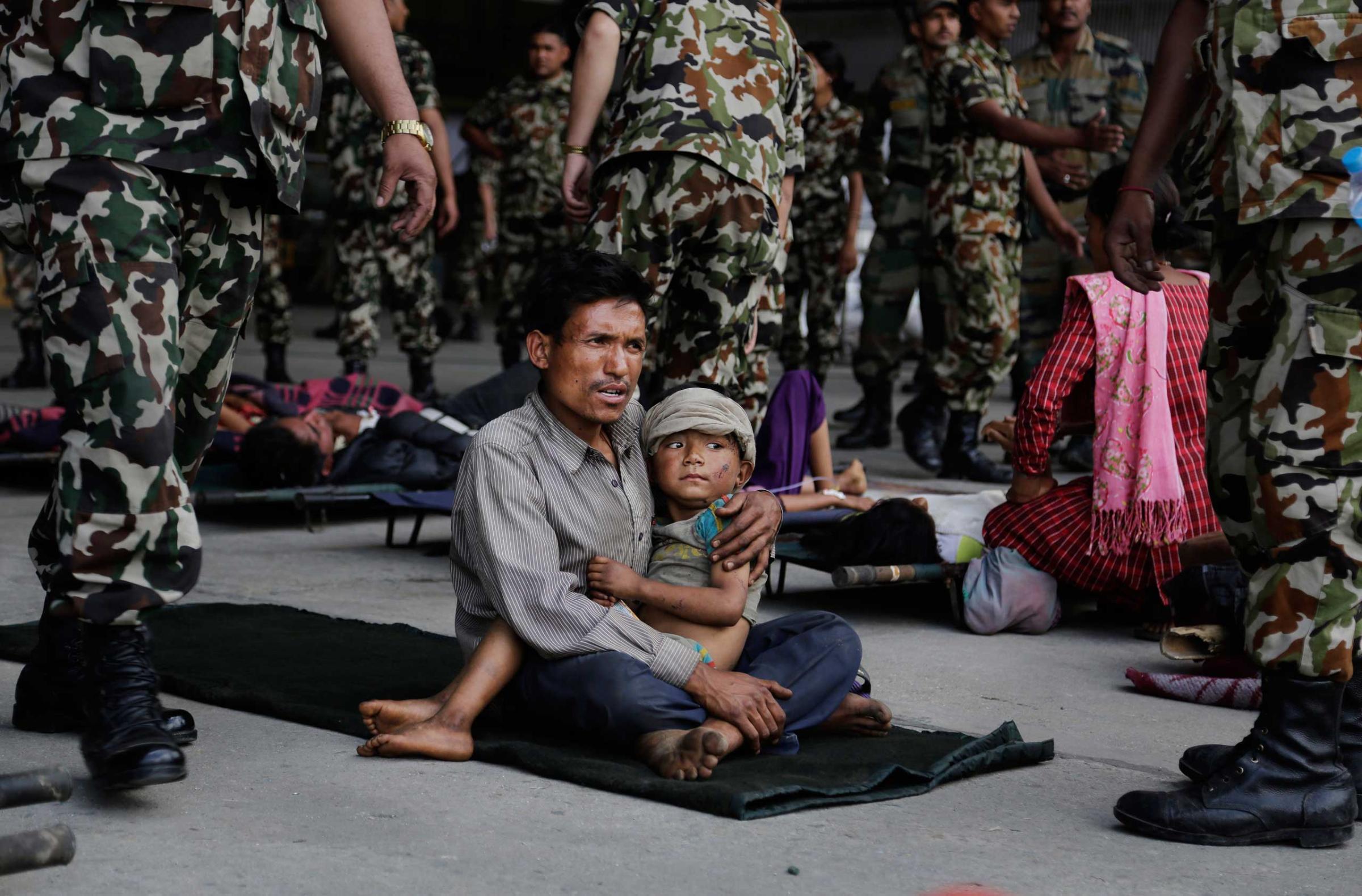
Davis describes the early stages of disaster relief as “the toughest and most rewarding,” particularly when lives can be saved. But the balance of life swings on myriad factors like temperature, weather, building materials and man-power. Today’s area of responsibility is particularly confounding. “No one has been there and it’s a big area,” Davis said, describing the 46-mile territory of Bhaktapur district.
When the team arrives, the once-brilliant maze of red-brick alleys more resembles a forlorn shantytown. On one side, collapsed buildings lay abandoned, their occupants now crammed into tents made up of orange and blue tarpaulins stretched over hastily strung wires—a lone measure of protection against the unseasonable rains.
Rakess Gupta, 30, pointed a few hundred meters up the road, towards a pile of crumbled debris that was once his shop. The surrounding structure, dense red brick, disintegrated under 7.9 magnitude shocks. Thankfully he escaped unharmed, as did his family who live nearby. Others, however, were not so lucky.
“There are 50 friends and family members missing,” Sajan Timilssina, 30, said while walking past the ruins of Nyatapola. Before Saturday, this five-story pagoda-style temple beckoned to all visitors, with statues of ‘guardian’ wrestlers, elephants, griffins and goddesses lining the stairs. Now, all that remains is a set of stairs. “I never felt anything like it,” Timilssina said of the earthquake. “This should not have happened here, this is a world city.”
The people of this world city now struggle not only to account for the buried and missing, but to get water, food and shelter. On Wednesday, a lone tanker truck was seen on the narrow streets, swamped by local women rushing with empty canteens to collect the first clean water in days. Residents say the Nepalese army distributed tents and supplies on Sunday, but the demand outpaced stock. Beyond these challenges, families hold out hope they might find their loved ones before it is too late.
“There are always miracles,” Davis said as his team began their work mapping a series of priority zones with the help of the Nepalese military. He recalls finding people alive in the rubble of Haiti some 60 hours after the earthquake that leveled much of the capital in 2010. “There is no haste,” he added, saying he must make informed decisions as to when and where to move on. “If I stay for one [person] I may miss 10.” The wealth of unknowns makes consequences heavy. “This is a decision you have to live with.”
But often, the decision to scour the ruins of a build is not an easy one to make. “We first look at the building type and construction,” Jon Tung, 44, one of DART’s structural engineers, told TIME, explaining his process as the teams moves through the environment. Tung is looking for signs of vulnerability; first, areas prone to additional collapse, and second, for “void space” — when structures that buckle or “pancake” leave gaps where humans might survive. But most buildings in Bhaktapur are made out of bricks, which tend to sway more during earthquakes and collapse into dense piles with little room for life.
“What we know about rubble,” Mike Davis said to reporters earlier that morning, “is that sound goes in, but doesn’t come out.” This means victims might hear rescuers above but won’t be able to cry for attention. That is where canine rescue units can lend a much-needed hand. Trained to track the scent of living people these animals are dispatched to “high-probability” locations to sniff for life.
As the team finished up their initial assessments, the skies turned dark with thunder and Davis motioned for the team to pull out. As they traced their steps back through the rubbled-filled streets, they passed relief workers from China’s Red Cross, known as Blue Sky Rescue, and another canine response unit from Japan. Near the limits of the town, the U.S. team passed a crowd surrounding a body recently pulled from the rubble of a building, laying facedown and wrapped in fabric on a metal stretcher. Davis paused, turned back for a moment, his eyes tracing down to the body’s exposed, dusty right foot. This was a visible victim amid a city of hidden harmed. He took a deep breath, turned, and strode quickly onward.
See Satellite Images of Nepal Before and After the Earthquake

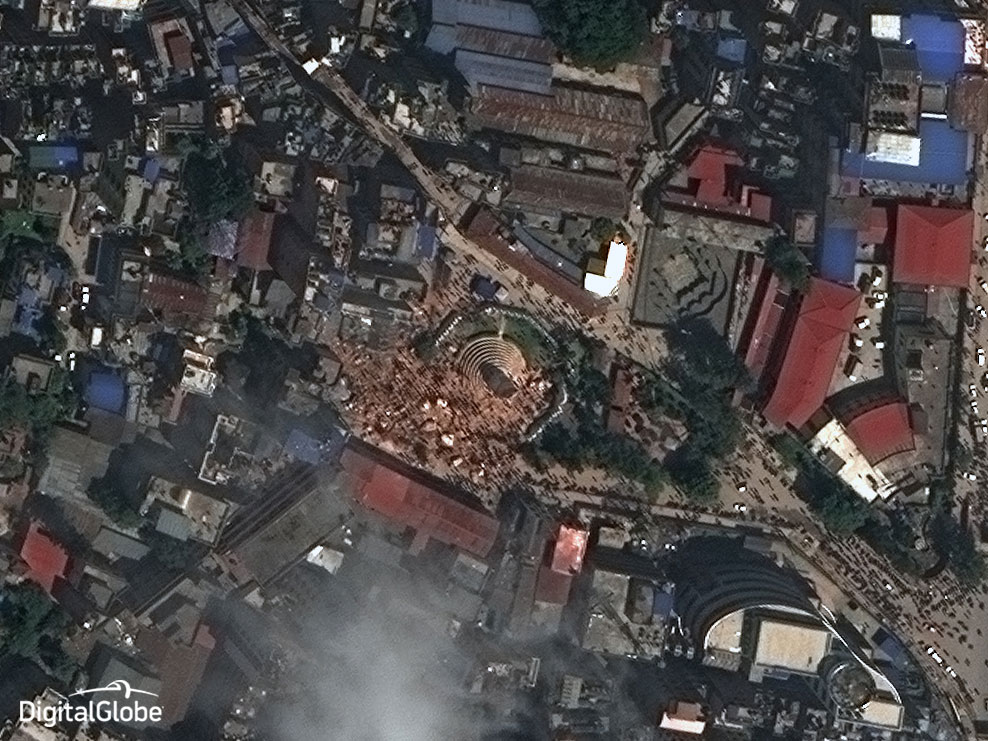
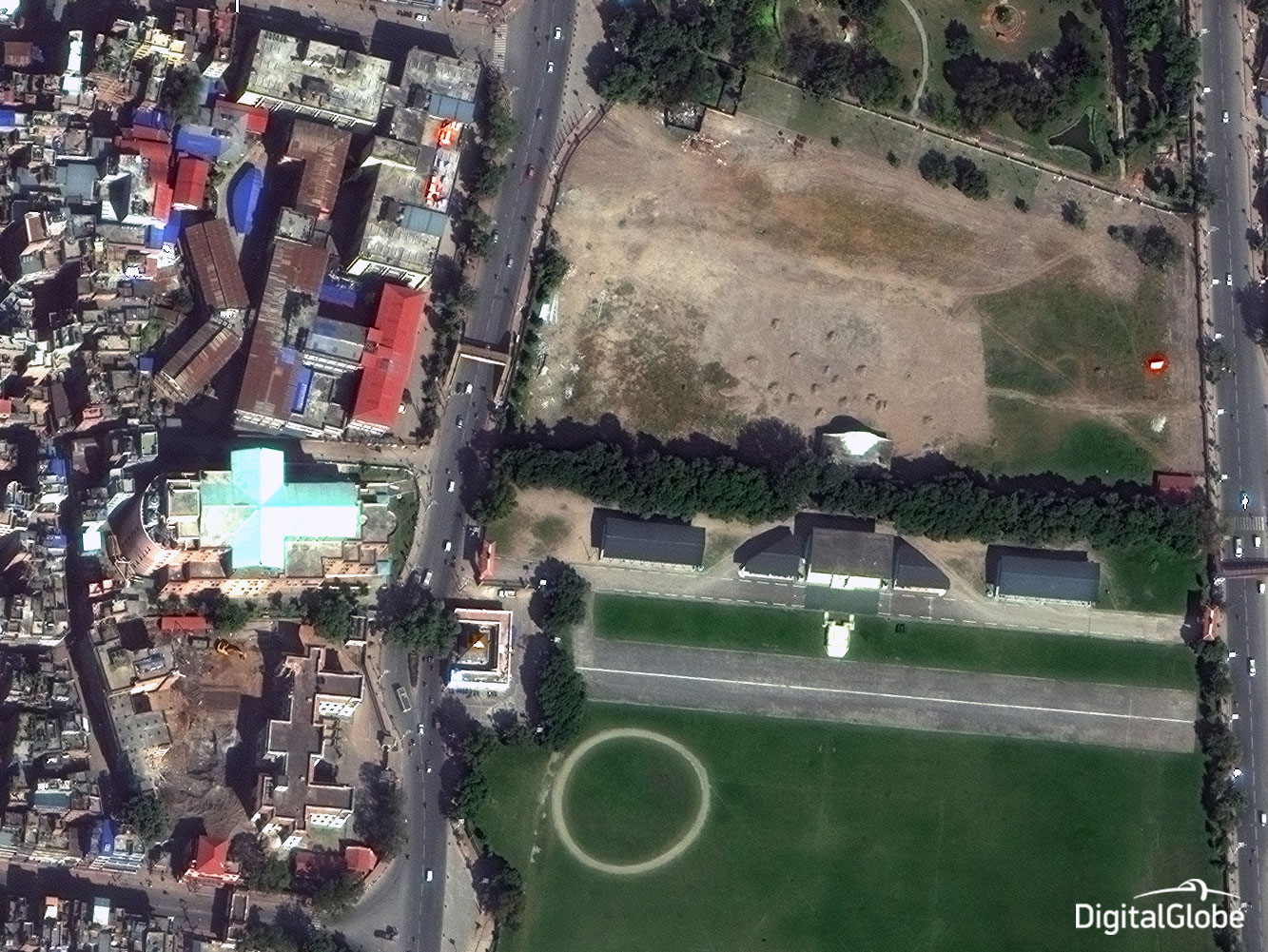
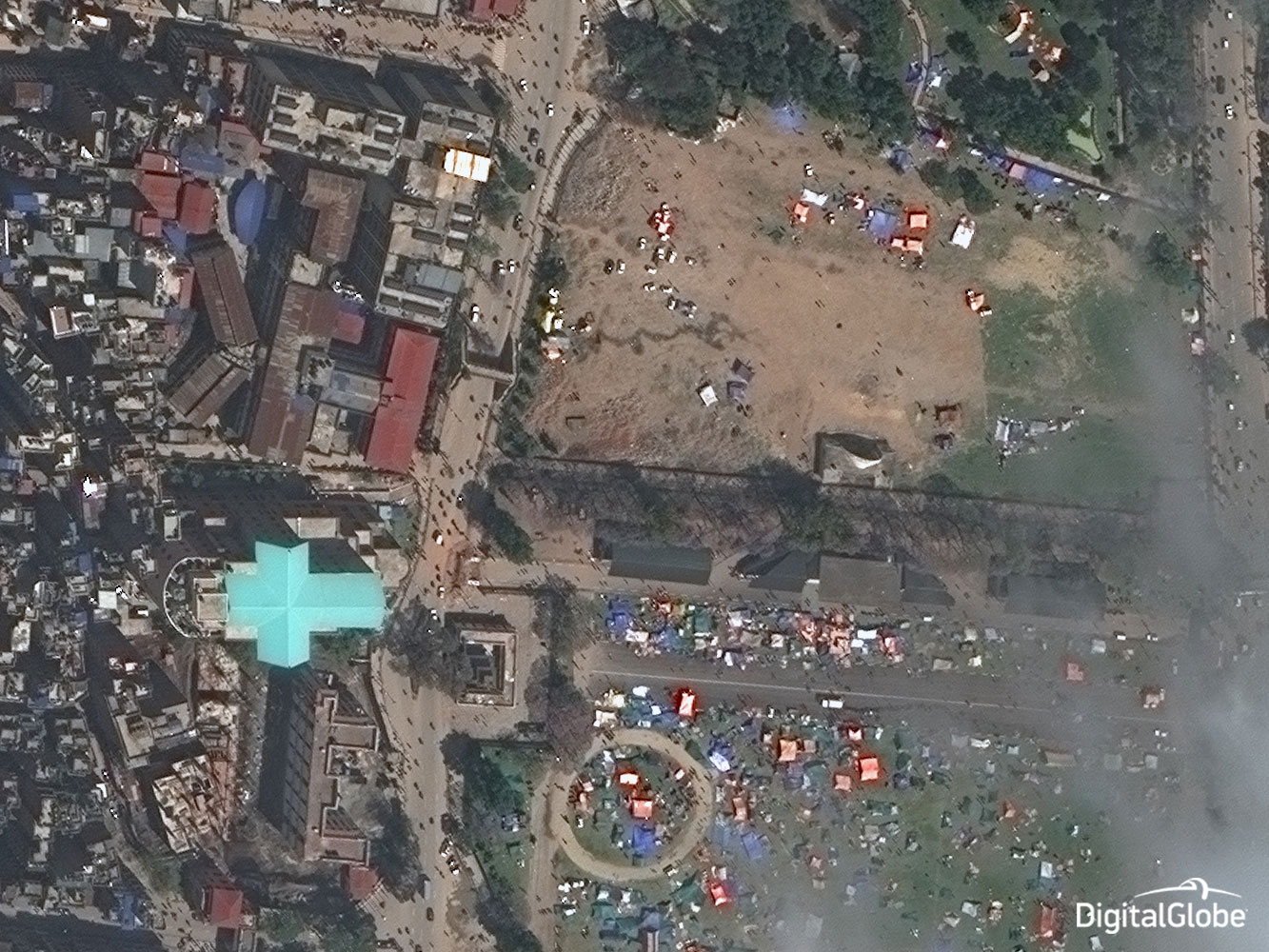
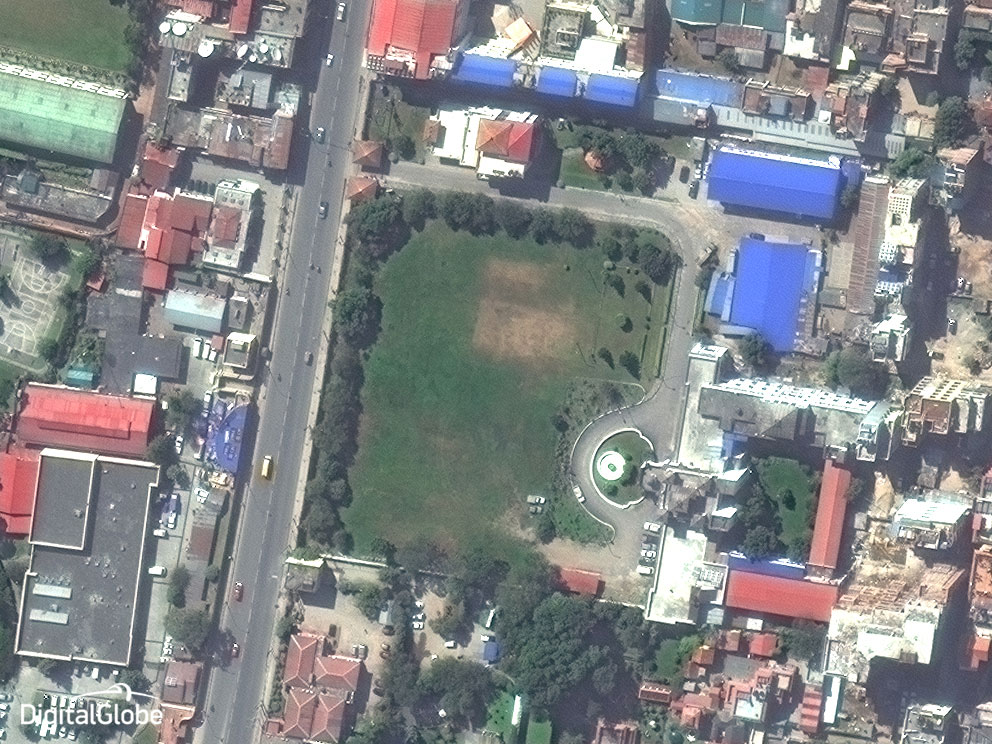
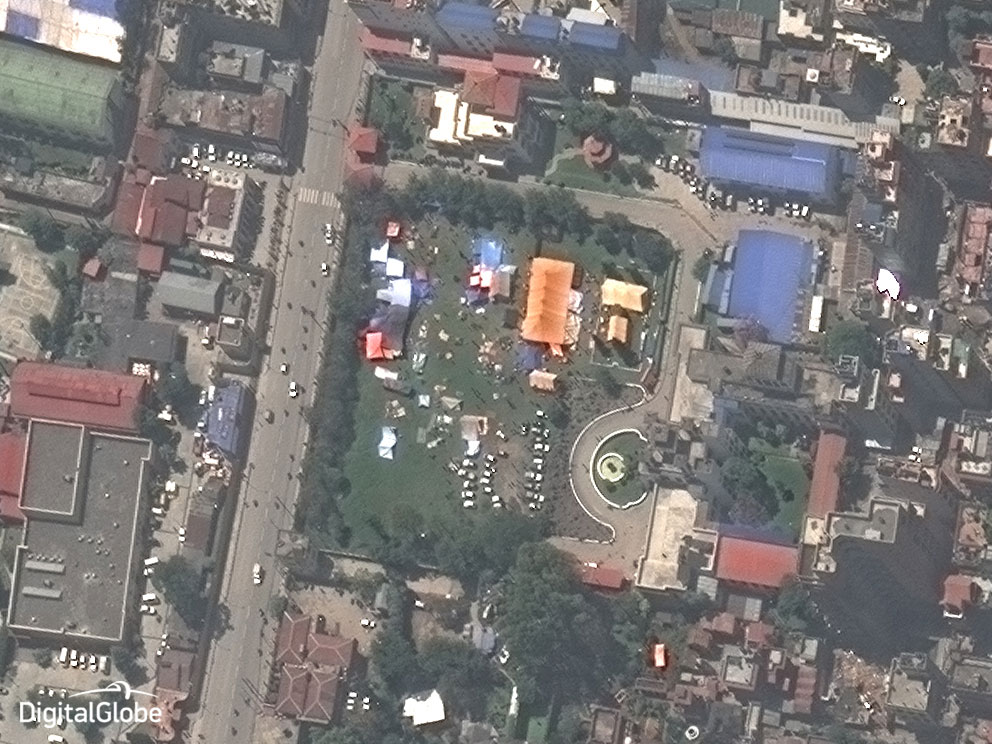


More Must-Reads from TIME
- Why Trump’s Message Worked on Latino Men
- What Trump’s Win Could Mean for Housing
- The 100 Must-Read Books of 2024
- Sleep Doctors Share the 1 Tip That’s Changed Their Lives
- Column: Let’s Bring Back Romance
- What It’s Like to Have Long COVID As a Kid
- FX’s Say Nothing Is the Must-Watch Political Thriller of 2024
- Merle Bombardieri Is Helping People Make the Baby Decision
Contact us at letters@time.com